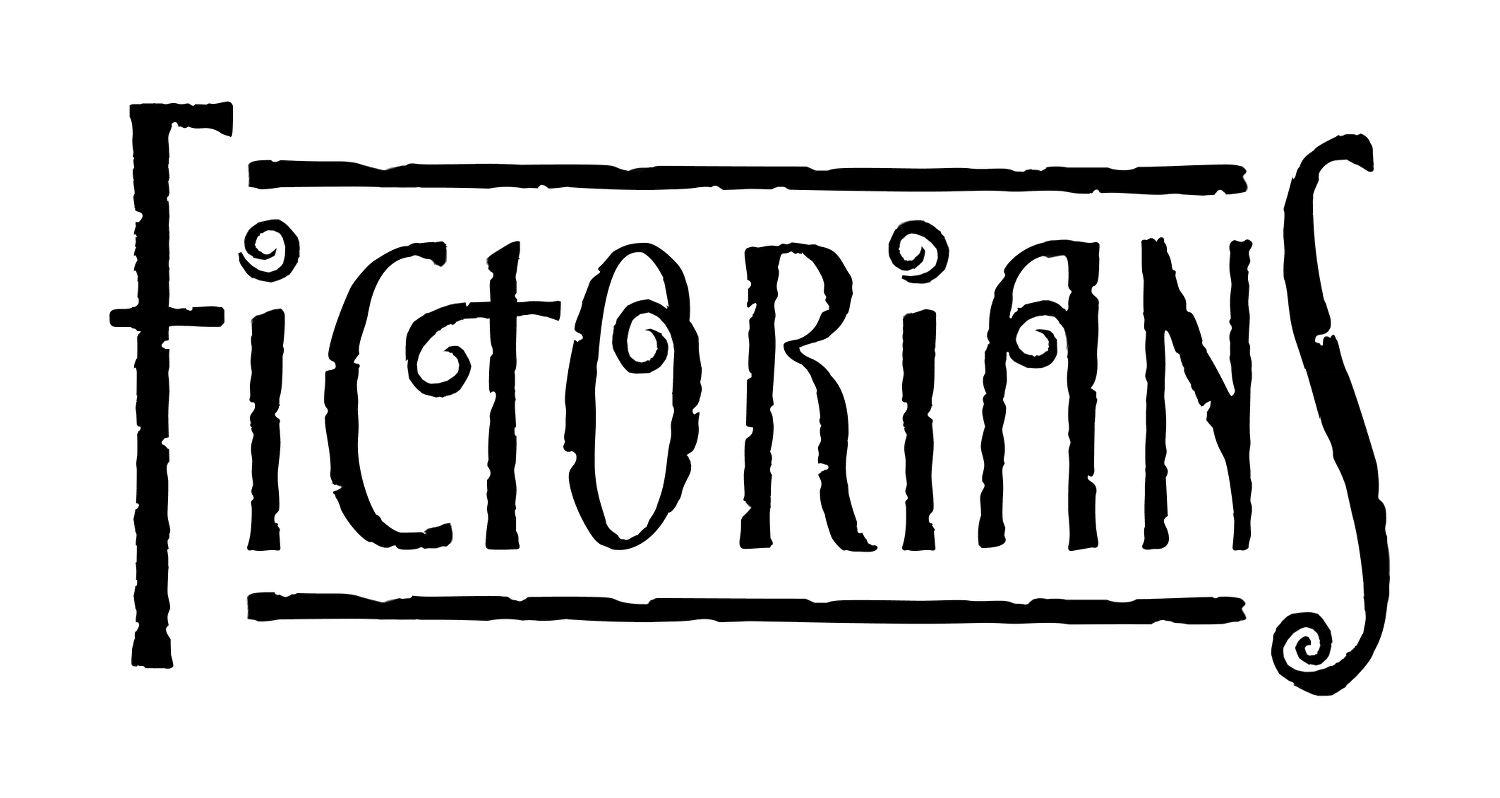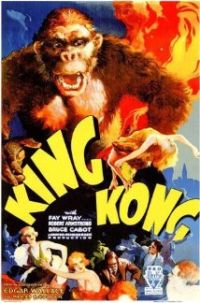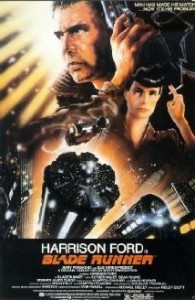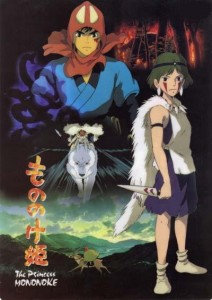A guest post by Tristan Brand.
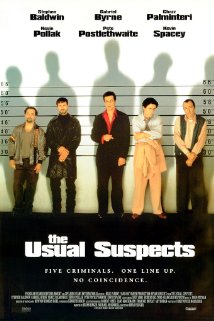 You only get one chance to have your mind blown by The Usual Suspects. If you haven’t seen it, stop reading this post and go watch it immediately. I wouldn’t want to spoil that experience for anyone.
You only get one chance to have your mind blown by The Usual Suspects. If you haven’t seen it, stop reading this post and go watch it immediately. I wouldn’t want to spoil that experience for anyone.
Now that we’ve got that out of the way…
The film opens with a massacre: bodies strewn about a burning boat. A mysterious figure, cloaked in shadow, executes a survivor. Later, a second survivor is questioned in in his hospital bed and screams a single name: Keysor Söze.
The details that led to that night are narrated by Roger “Verbal” Kint, played brilliantly by Kevin Spacey, who is being interrogated by the police about his role in the events leading up to the massacre. With a limp and a somewhat sniveling demeanor, Verbal’s the least impressive of the five criminals who end up in the same lock-up one day and decide to team up to rob New York’s finest taxi service, a group of corrupt cops who drive drug-dealers and smugglers around the city. Verbal spins an increasingly complicated tale of the problems the five run into while trying to fence off their stolen goods.
It turns out that the five are being manipulated by mysterious Hungarian criminal Keysor Söze, a man so cloaked in myth no one’s even sure if he exists. The detective questioning Verbal is sure that Dean Keaton, one of the five, is Keysor Söze, and indeed a good many of the events of the film lead the audience to the same conclusion.
Eventually the detective ends the interrogation, convinced he’s figured it out, and Verbal is freed. He retrieves his possessions-a watch and a gold lighter-and leaves.
The film could end right there, and it’d still be a very good film. But instead, everything gets turned on its head. As Verbal leaves the police station, the detective stands in the room he’d been interrogating Verbal in and looks around. He starts to realize the names of people and places from Verbal’s story had come from objects around the room. Too late, he realizes the truth; Verbal had been making it all up. Verbal Kent was Keysor Söze.
I remember seeing it for the first time. It felt like the entire film had unraveled before my eyes. After the initial shock wore off, I wondered if it even made sense. But upon reflection, I realized it worked. It was like the movie was a puzzle I’d put together one way, only to see it broken apart and reconfigured in a completely different but workable fashion.
Looking back, there were clues: the Hungarian way Verbal held his cigarette, the fact that he murders a man using the gun in his right hand even though his right hand is supposed to be nearly useless due to his disability, the fact that he, alone of the five, was never shown to be arrested. And at the very end, there’s one final clue before the reveal-the gold lighter we saw the killer hold at the beginning, given back to Verbal before he leaves the station.
Instead of a sniveling con-man telling the story of a job gone sour, the move transforms into the tale of a master criminal fooling just about everyone, including the audience, and getting away scot-free.
It’s easy to write a twist ending, but hard to write a good one. The set of all unexpected things is rather large; for example, we could have had Keysor Söze turn out to be an alien. No one would have seen that coming. But directors (and authors) who throw out twist endings people see as ridiculous quickly find themselves the target of a frothing mob of angry readers. Just look what happened to Stephen King after he finished The Dark Tower.
There are two keys things that make a twist ending work. First, it has to make sense when you look back. There needs to be foreshadowing, subtle hints, little clues left about so when you go back you see things in a new light. Second, and I think most importantly, the story has to be good in its own right, before the twist. That means strong characters, dialogue, pacing. All that will only make people appreciate the twist more.
The Usual Suspects does the twist ending as well as I’ve ever seen, movie or novel. It turned it from a very good movie into one I’ll never forget. It made me think-and there’s nothing I like more than a story that makes me think about it long after it’s over.
* * *
Tristan Brand is an aspiring fantasy author and technical writer. When he’s not obsessively checking the mail for his long-overdue invitation to wizarding school, he can be found playing StarCraft II, practicing classical piano, or reading a good book. He keeps a blog, does a web-show with his friend called “Why We Like It,” and can be found on twitter as @TristanDBrand.
